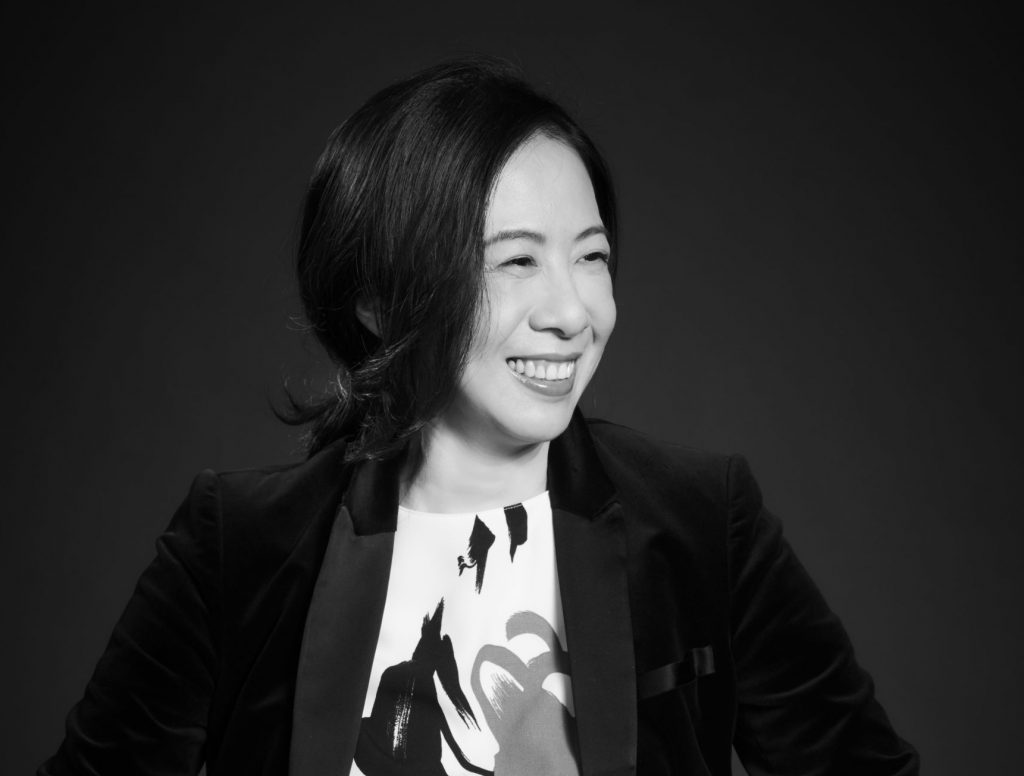Artnet News Pro
The View From: Gladys Lin
The disappointments of the art market in 2023 are, in fact, a healthy turn of events, the art advisor says.

The View From is excerpted from The Asia Pivot, Artnet Pro’s biweekly members-only newsletter providing mission-critical analysis, insights, and exclusive intelligence on developments in Asia’s art markets, with a focus on business opportunities and challenges. Subscribe here to receive it directly to your inbox.
The whirlwind week of Art Basel Miami Beach wrapped up a busy year. Miami Art Week was still fun and full-on, just like how I remembered it from my last visit in 2019, but it was not as warm and sunny as expected. The chilly wind and lack of sunshine spoiled the mood a bit, as I had to cling to my sweater wherever I went.
Miami’s somber weather also somehow corresponded to the vibe of the art market in 2023. Things may appear to be vibrant and glamorous to outsiders, but in reality, this was not the case. The market has indeed slowed down dramatically. Just look at the auction results around the world and the slower sales at art fairs. The economic uncertainties, geopolitical conflicts, and wars have together ended the celebration of an art-market high early.
But this slowdown is by no means a bad thing. In fact, this can be the beginning of a much-needed transition, with the art market heading towards a better, healthier place—although this may be painful to some.
The market explosion over the past couple of years has caused some problems. For example, the rules of pricing went almost completely out of the window. Price manipulation, both in the primary and secondary markets, was obvious. An increase in prices for an artist’s work used to follow a trend, for instance, after a certain number of solo shows. But recently, prices for certain works in the primary market were marked up for no apparent reason, or at a level that they did not deserve.
This was further fueled by record prices achieved at auctions for contemporary art. Newcomers treated art collecting as an investment vehicle, looking to resell a work within six, or even three months. Galleries were rushing to sell. Everyone was pushing for new things. Attention spans were short. It was a difficult time for artists, too. Like injecting growth hormone into chickens to ensure larger but perhaps less tasty cutlets, it was a very unhealthy cycle.
The great thing about 2023 was that these circumstances did not continue to spiral downwards. Indeed, some people who bought art at unreasonable prices in the past have failed to find buyers for their works this year, putting everybody in the trade on the edge. Some of my younger clients have learnt their lessons and now they are looking to buy works by artists who have a much more solid career and developed practice.
This was much more acutely felt in Asia, particularly at the major auctions in Hong Kong, where highly anticipated blockbuster lots failed to find buyers. Works by emerging artists that fetched high prices in the past sold at lower reserves. But let’s not forget that the Asian art market expanded tremendously since the pandemic. Hence, the slowdown is much more obvious compared to its Western counterparts.
The general economic uncertainty in China is one huge factor at play, and the disappointing sales results for the collection of the Long Museum founders at Sotheby’s was a key indicator. The country is still suffering from the aftermath of a prolonged lockdown under its zero-Covid policy, which was finally lifted only this year, in addition to larger geopolitical tensions. Works priced above $100,000 were so much harder to sell at Shanghai fairs this year. China is too large to ignore, and its impact can be felt not just in the region but also globally, whether you like it or not.
The grim outlook aside, I’ve made some (re)discoveries this year. I made my first trip to South Korea after many years to attend Seoul Art Week, and I was impressed by the local trade’s ambition and determination in cultivating the country’s art industry and market. There are good private collections and eager young collectors there. Art is treated as a core part of the country’s cultural and creative industries alongside K-pop and K-drama, which have been pivotal to Korea’s surging global influence. In terms of art, there’s still a lot more to discover.
In New York, I found that some younger galleries are eager to show art from wider areas, and works by overseas Asian artists are getting more exposure, little by little. People are tired of seeing the same kinds of works at art fairs over and over again. But this development is still at a very early stage, and I expect that Asian diaspora artists are a demographic that is worth paying attention to in the coming years.
As for my New Year’s resolution, I just wish everyone to stay healthy—both among art industry practitioners as well as the art market. We must stay healthy and fit as a fiddle, both physically and mentally, to brace for the challenges in 2024.
—As told to Vivienne Chow. This article was originally published in The Asia Pivot on December 13, 2023.
Gladys Lin is the founder of Gladys Lin Projects and divides her time between Taipei and New York. Lin was previously the Asia director for Sean Kelly.





